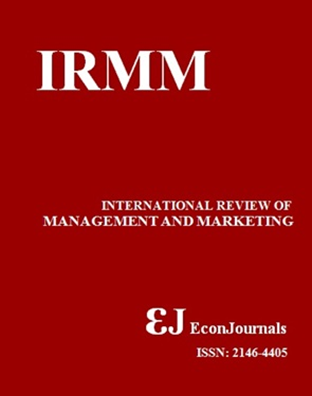Planning of the Program to Improve the Motivational Policy of the Business Entity in the Service Industry: Factor and Cluster Analysis
Abstract
The core element of the formation of efficient production is a business entity (enterprise) that defines a vector of transformation changes in the Russian economy, the study of which is particularly relevant in connection with the arisen Crimean events and the introduction of anti-Russian sanctions. Any business entity consists of capital. That being said, the most "difficult" capital in terms of impact, formation and use is the human capital. In this regard, of particular relevance is practical entrepreneurial activity aimed at obtaining new knowledge about the features of improvement of the motivation policy of the enterprise as an economic concept of a labor potential, identification of the characteristic patterns between the motivation of the company personnel and its performance. The human capital is one of the most important factors of production and operation of enterprise structure, so there is a need to motivate the personnel properly. Identification of the main ways to improve the motivational enterprise policy is greatly simplified by the use of factor analysis, while cluster analysis allows to establish the target segments for planning measures to improve the motivation of the company employees.Keywords: motivational policy, motivation factors, business entity, service industry, factor analysis, cluster analysis.JEL Classifications: L80, O14, O21Downloads
Download data is not yet available.
Downloads
Published
2016-08-05
How to Cite
Fokina, O. V., Fufacheva, L. A., Shchinova, R. A., Agalakova, O. S., & Tetenkina, O. L. (2016). Planning of the Program to Improve the Motivational Policy of the Business Entity in the Service Industry: Factor and Cluster Analysis. International Review of Management and Marketing, 6(5S), 111–117. Retrieved from https://econjournals.com/index.php/irmm/article/view/2734
Issue
Section
Articles




